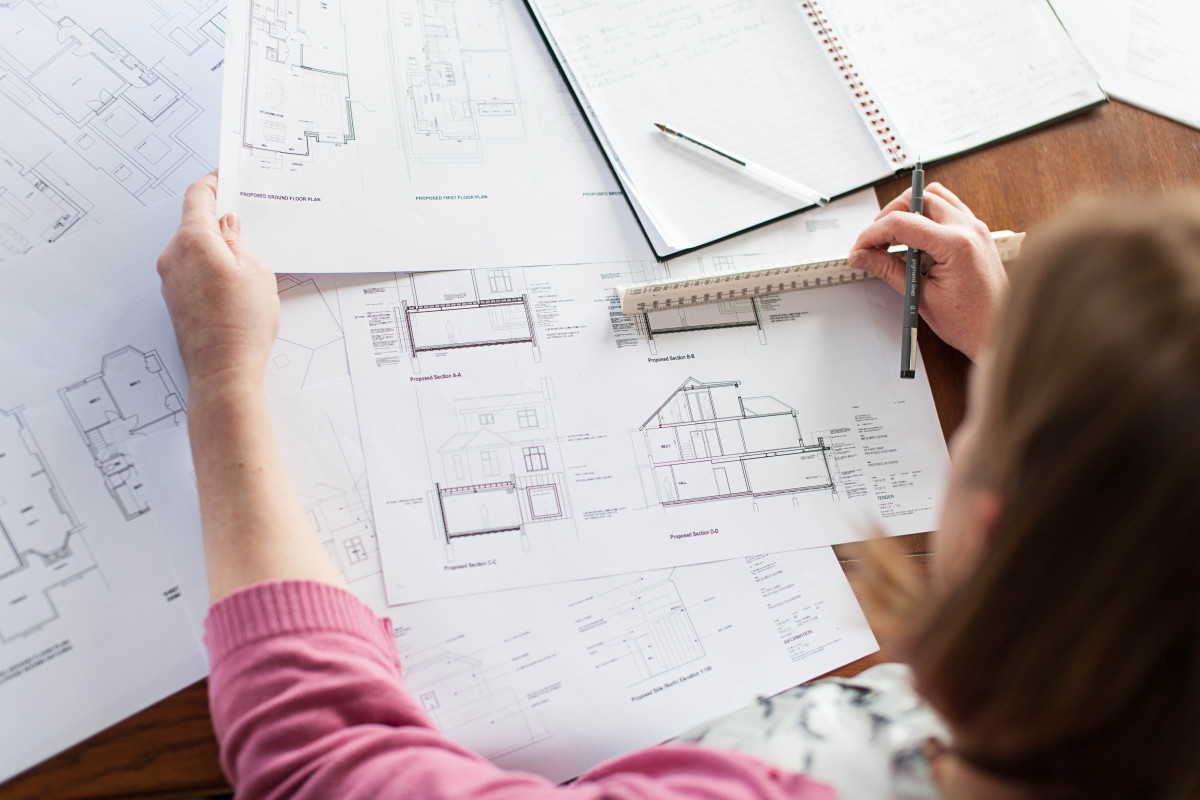Your dream home contractor and designer is justare obliged to love each other with devoted and tender love. After all, if this does not happen, your home will not see the light of day. Why this can happen, read in our article
What can make a contractor hatearchitect and leave the site at the most important moment of construction? How to help your designer establish a relationship with the most important person on the construction site? What should a customer never do and why are the relations between a contractor and a designer sacred? Architect Mito Melitonyan will tell us about this. Mito Melitonyan, architect: - I was born into a family of architects, and I was lucky enough to be the 12th. After the 9th grade, I entered the MKAMS (architectural technical school) and for a very long time could not understand what they wanted from me. The taste for the profession came after the 3rd year, when we were sent for industrial practice. Then I got to the architect Boris Uborevich-Borovsky, whom my father and I accidentally met at one of the architectural exhibitions. My first salary set the direction of my activities and, in fact, predetermined my fate. I began working in my profession with enthusiasm and continue to do so to this day. I do not guess how things will turn out in the future, but now I am doing what I do best. For 4 years I worked mainly on large urban development projects, thanks to which I learned to think structurally, then I preferred to work independently. During my independent work, I came to the conclusion that in architecture and design the object itself is secondary, what is important is communication with the environment in which you design, or the person for whom you create the object. This is, in fact, a formed life position that applies not only to architecture: I do not work with the object, I work with people. melitonyan.com Origin of the contractor
There are two options here.The first is when the contractor comes to the site with an architect/designer. In this case, there can be no problems with communications, since the specialists are already working together, know each other's strengths and weaknesses, and know how to avoid pitfalls. The second option, when the contractor is brought in by the customer, is much more complicated. In this situation, the contractor will be at least wary of the designer, and if they fail to find a common language, consider the project ruined. However, as soon as the contractor is convinced of the adequacy and competence of the architect/designer, they will work together. Otherwise, conflicts are inevitable. Lack of understanding of design stages
Lack of understanding of design stages
Ideally, the architect/designer should providea finished project before construction begins. This way it will be easiest to calculate. The customer usually approves the estimate for the work with the contractor before all work begins. Any subsequent changes to the project entail changes in the estimate, which customers prefer to leave at the level of initial agreements, which in itself makes the contractor want to leave the site. Lack of a complete project
Lack of a complete project
This problem is not always the faultarchitect/designer. Customers often demand that construction begin before all approvals have been received. Sometimes the authors themselves are "eager to get into the fray", preferring to design at the construction stage. This may go without incident on small areas, but when working with large-scale projects, this approach cannot avoid conflict with the contractor. Ignorance of building materials and incorrect drawings
Ignorance of building materials and incorrect drawings
This is easiest to explain with an example.Let's assume that the thickness of partitions is 80 mm in the project, but in reality they cannot be less than 150 mm - the reason for this may be the need to lay sound insulation. Due to ignorance, the designer did not foresee this, did not discuss with the contractor what would be easier for him to build from, as a result, the dimensions "flew". In order to avoid misunderstandings, it is better to give the drawings to the contractor gradually. The sequence, of course, must be agreed upon in advance. Ignorance of related sections
Ignorance of related sections
Immediately after defining the functionalzoning should ideally include all related sections - ventilation, air conditioning, electrical and plumbing. A step-by-step approach is also important here, and if the architect/designer is not familiar with these sections, mistakes are inevitable. For example, at some point it will be necessary to open the ceiling to install sensors or make a ventilation outlet. Moreover, it is necessary to give competent technical specifications to subcontractors and constantly adjust their work so that, for example, the same alarm sensors "do not climb" on the lamps. Inability to "read" these plans, as already mentioned above, will lead to errors that the contractor will have to correct. Shifting responsibility
Shifting responsibility
The architect/designer's job is to controlabsolutely all stages of construction and finishing. If he does not do this and tries to blame the builders for the results of his own laziness, this will not lead to anything good in any case. Builders are far from always aware of the intricacies of working with this or that material, the task of the architect/designer is to clearly and vigilantly carry out author's supervision. In this case, the builder's mistake will be quite rightly blamed on the designer. Intervention in the construction budget
Intervention in the construction budget
For the architect/designer who valuesthe contractor's position, you should not interfere under any circumstances in his relations with the suppliers of materials. If the designer tries to deprive the contractor of his earnings by offering him his suppliers in an ultimatum form, it will be difficult to avoid a conflict. Optionality
Optionality
Rare visits to the site, untimelyProviding drawings, "dropping out" of communication is quite understandable due to the high workload of the architect/designer, but at the same time cannot be justified. There are a huge number of tasks and minor adjustments that need to be resolved promptly on site, and when the contractor has to do this every time, the quality level of the project will constantly fall. This problem can also affect the deadlines for the delivery of the facility, and therefore, the level of earnings of the contractor. Failure to submit a report on work performed
Failure to submit a report on work performed
Ideally, reporting should be strict andregular. Otherwise, it will be impossible to understand the amendments and their origin. Delays in reporting are most often due to the busy schedule of the architect/designer and entail extreme irritation on the part of the contractor. Excessive emotionality
Excessive emotionality
The daring attitude of the "creative personality" is unlikely to evoke a positive response from anyone. However, now, with the advent of the crisis, almost everyone is ready to compromise.


